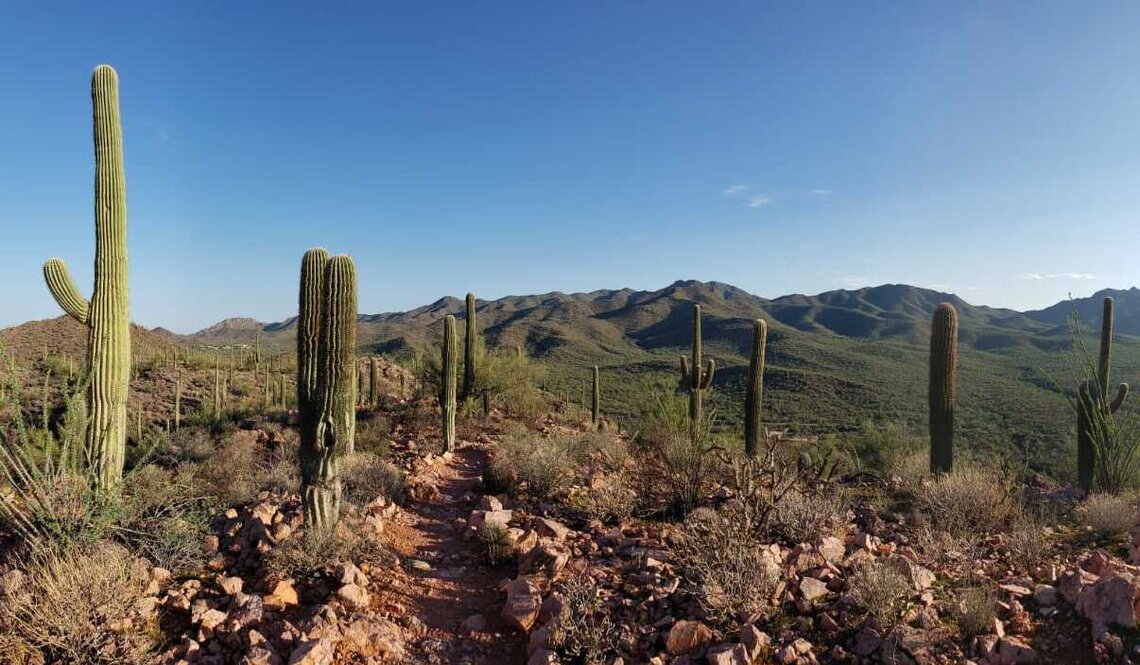Sonoran Desert landscape, photo by Emily Clark.
SJV Partner Testimonials
We asked some of our conservation partners to weigh in on the impacts of the SJV Awards Program to their work. Here are a few testimonials from past Awards Program recipients.
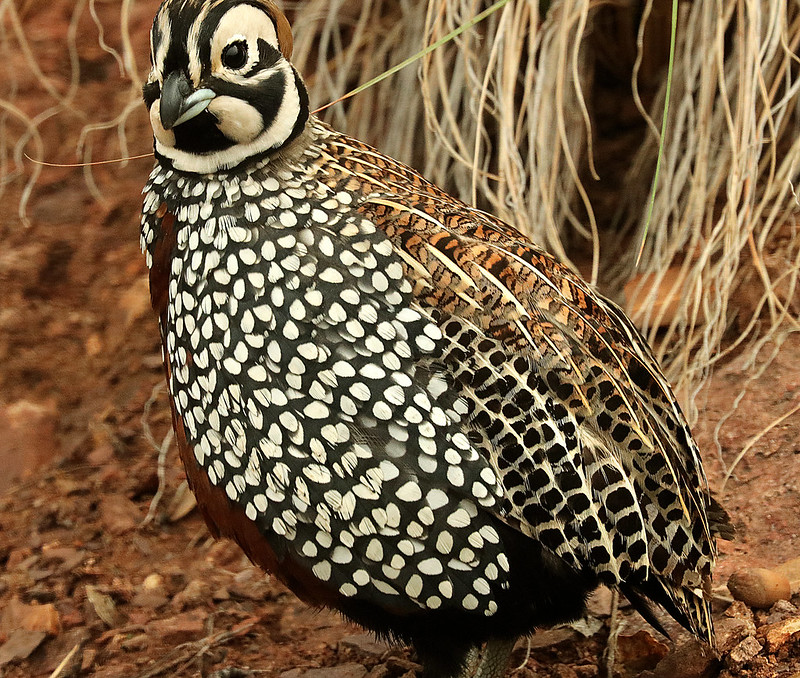
“With support from the Sonoran Joint Venture, Borderlands Restoration Network has installed over 100 water harvesting structures to increase surface water availability, soil moisture, water infiltration, and plant growth at the Borderlands Wildlife Preserve, in Patagonia AZ. In conjunction with these structures, we have distributed over 6 lbs. of wild-collected pelletized seed. These native plants were selected to help address gaps in quail food availability through the critical early summer season. This project also helped to strengthen our collaboration with Southern Arizona Quail Forever and contributed to our successful National Forest Foundation Matching Awards Program proposal to enhance habitat for Montezuma Quail on an additional 150 acres in the Huachuca Mountain range. We are grateful for SJV’s support and look forward to continuing to engage with them to improve habitat for birds across the Madrean Sky Islands.”
Kurt Vaughn, Borderlands Restoration Network, US, and MX
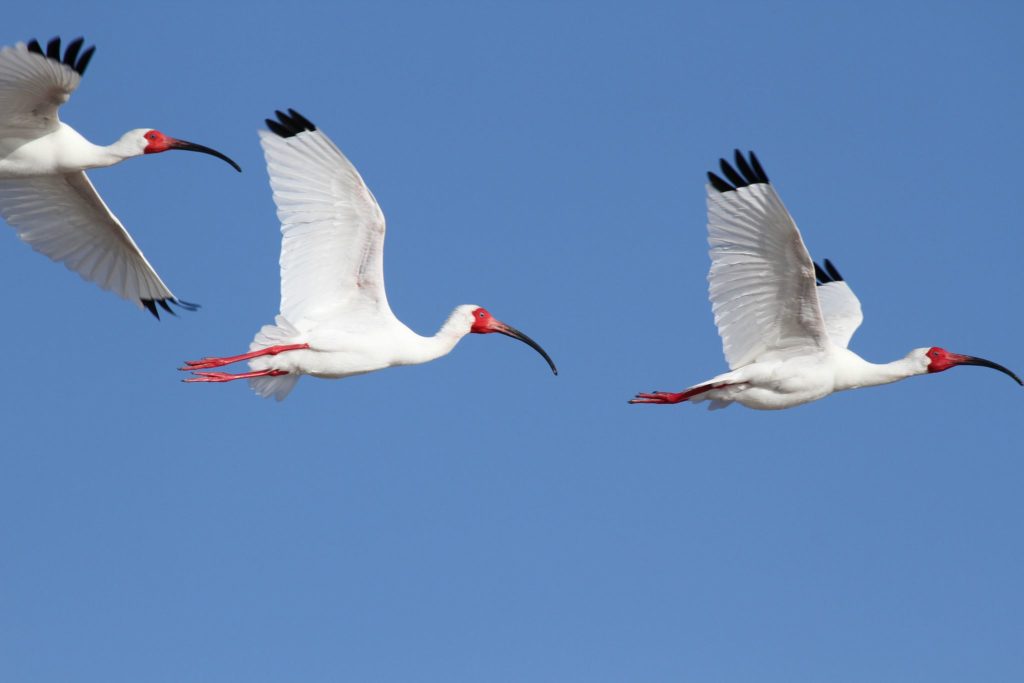
“Partnering with the Sonoran Joint Venture has meant so much to the Prescott College Kino Bay Center for Cultural and Ecological Studies over the years. The Awards Program has provided important financial support but has also been instrumental in facilitating regional partnerships. The focus on binational cooperation is more important than ever, and I deeply admire SJV’s approach to partnerships and communicating science. The connection between the Kino Bay Center and the SJV runs deep, and I believe that the data, community participation, and conservation outcomes achieved in the past decade are a result of these multi-faceted partnerships. Long-term collaborations like this one are rare and increasingly important for protecting avian species and habitats.”
Lorayne Meltzer, Kino Bay Center for Cultural and Ecological Studies, MX
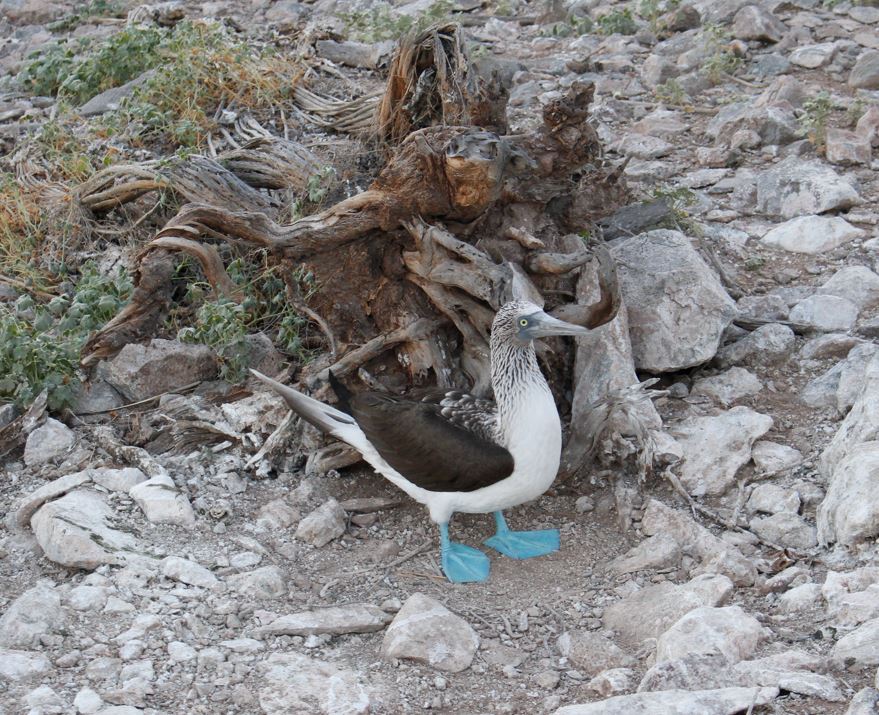
“The SJV Awards Program has allowed me to develop bird conservation projects in NW Mexico in collaboration with the NGO Conselva Costas y Comunidades A.C. Their support has been essential to initiate or maintain active projects directly impacting the conservation of priority species and has fostered collaboration with communities and authorities. The grant program is very competitive and increases the capacity and resources available to protect areas of great ecological importance and with severe limitations to get funding. I appreciate the great work of the SJV staff to coordinate and support conservation actions in the region.”
José Alfredo Castillo Guerrero, Universidad de Guadalajara, Conselva Costas y Comunidades A.C., MX
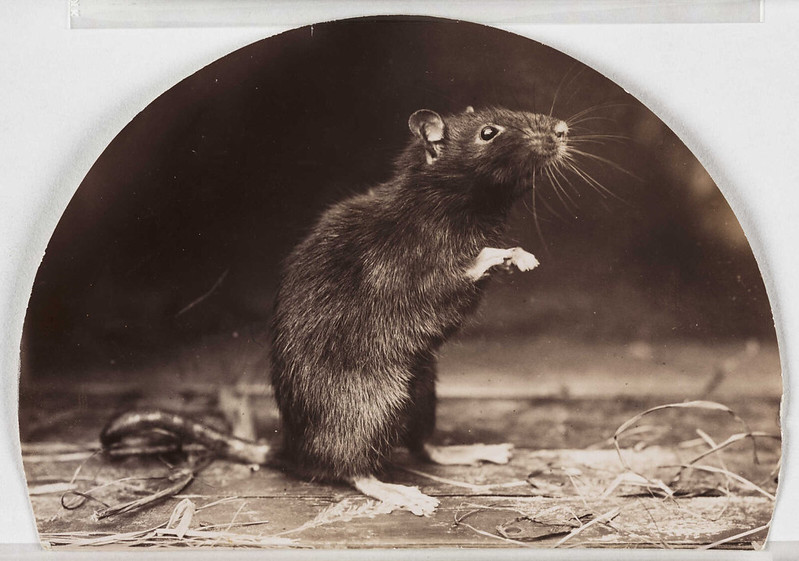
“In 2019, the Sonoran Joint Venture provided funding for Grupo de Ecología y Conservación de Islas, A.C. to develop the project “Island Biosecurity Protocol on Natividad Island, Mexico.” The goal was to prevent the introduction of invasive alien species, with the participation of local stakeholders and government agencies, to protect the most important breeding population of the Black-vented Shearwater, an endangered species under the Mexican NOM-059-SEMARNAT-2010. During the project, what was supposed to be an imaginary contingency just for practice and capacity building, turned real! That year, while we were developing the biosecurity protocol with the community, a person actually sighted a rat on the island. The SJV funding allowed us to respond and capture the intruder. It was a challenge! It took four months until we finally caught the rat. Thanks to the previous work on island biosecurity and outreach, we had the support we needed from the community to remove the rat from the island, develop a plan to prevent new introductions, and keep Natividad Island free from the threat of invasive species.”
Mariam Latofski Robles, Grupo de Ecología y Conservación de Islas, A.C., MX
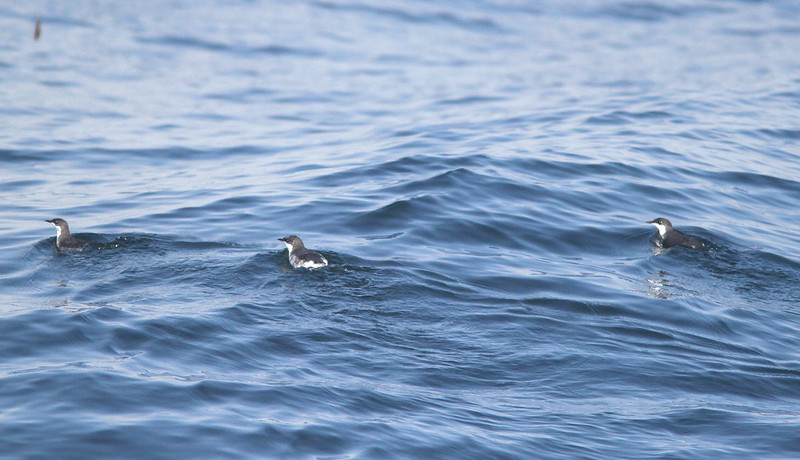
“Since 2017, the SJV Awards Program has played an important role in funding seabird research and conservation at the California Institute of Environmental Studies (CIES). Support from SJV fills deficits in research, knowledge, and conservation actions that helps us meet our mission and greatly benefits our partner’s as well. For example, SJV grants provided critical funding for our assessment of Scripps’s Murrelet populations at Anacapa Island in 2018-2019. Surveys hadn’t been conducted in nearly 5 years due to limited resources at Channel Islands National Park. With funding from the SJV, we were able to conduct a two-year assessment that provided vital information for management of this recovering population. Specifically, we learned that murrelet populations appeared to be declining slightly since 2014. We also identified a new and emerging threat when we discovered Common Ravens had recently learned to plunder adult murrelets and eggs at nest sites within sea caves. With this knowledge gained, we are working with the Park to address this new threat and continue the recovery of the Anacapa Island Scripps’s murrelet population. (Click here to read more about the incredible conservation recovery story of murrelets at Anacapa Island).”
Mike Parker, California Institute of Environmental Studies, US

